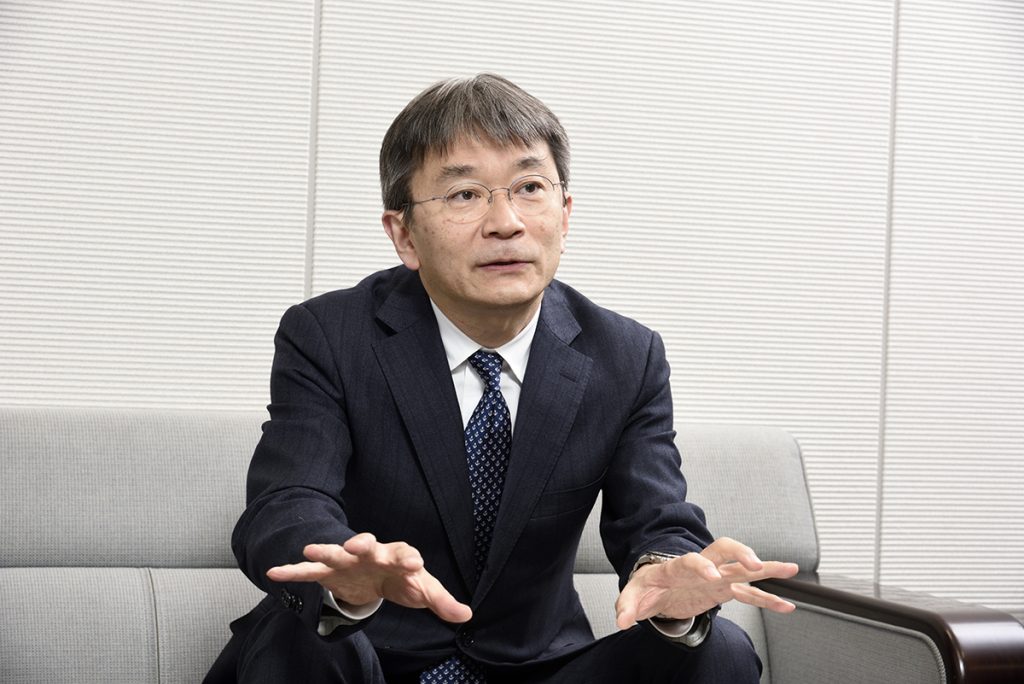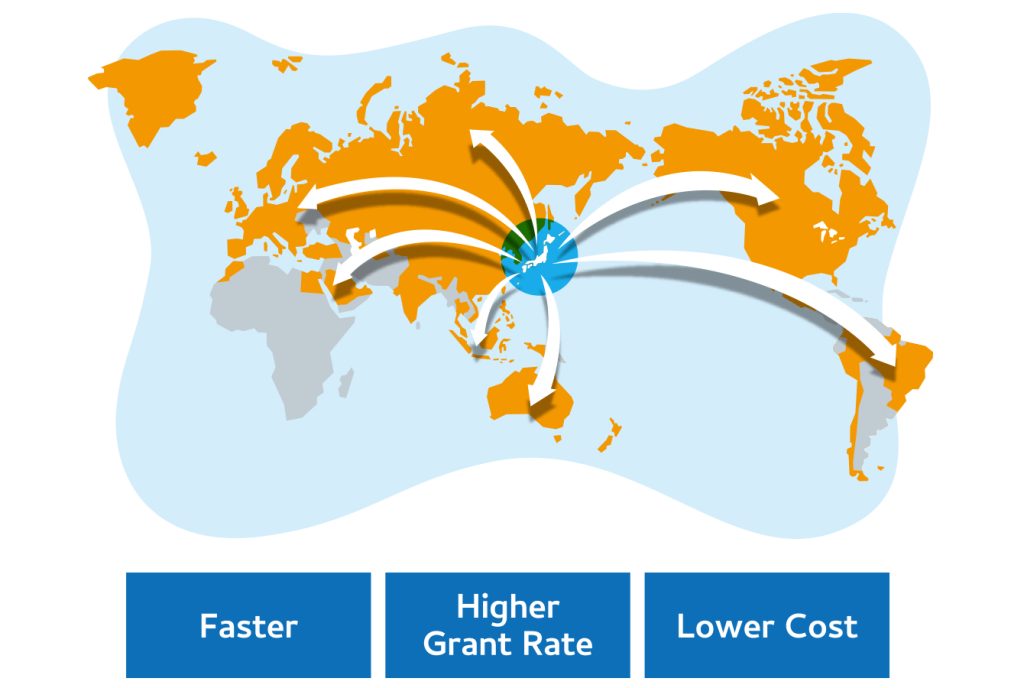02/10/2022
Speeding up patent exams with the patent prosecution highway
Stimulating global innovation through the Patent Prosecution Highway
On the other hand, examination systems and practices can vary widely by country.
“The idea behind the PPH has functioned as an alternative solution. If a patent examination by the JPO as the OFF is reliable, for example, OSFs in other countries will use our work,” Iwasaki explained. “What’s important for users is the predictability of the examination results at the earliest possible time.”

Aiming to achieve the world’s fastest and highest-quality patent examinations, the JPO has been making continuous efforts and managed to shorten the “first action pendency” (the time between an applicant’s request for examination and the JPO’s first action) to 10.2 months. Also, the JPO has been dedicated to further improving the quality of its examinations based on the Quality Policy released in 2014. According to a 2021 survey, the JPO’s patent examinations satisfied 95% of applicants, domestic and foreign.
As one of the first patent offices to use the PPH, the JPO boasts the world’s largest PPH network, with 45 partner offices.
“Based on the JPO’s reliable examination results, our PPH network with the JPO as the OFF enables applicants to get faster examinations with higher grant rates at lower cost,” Iwasaki said.

Another advantage of the JPO’s PPH network is that it enjoys closer contact with emerging countries. Among them, India, Thailand and Indonesia have participated in the PPH only with the JPO so far. For examiners in emerging countries, the JPO provides training on its examination practices so that they can have confidence in the JPO’s results.
To further enhance the PPH network, the JPO and the USPTO in January agreed to set a deadline for issuing actions on applications to improve the predictability of the examination schedule.
Another challenge for the JPO is how to catch up with new emerging technologies, such as artificial intelligence and the internet of things (IoT).
“It’s not easy for examiners in a specific field, such as mechanical tech, chemistry or optics, to understand and examine AI and IoT that are applied to and combined with technologies in their fields. So we have established an in-house AI examination support team by developing experts on AI examination,” Iwasaki said.
The JPO has published “Case Examples on AI-related technologies” to help understand the examination standards from the viewpoint of description requirements and inventive steps. More than 30 cases are listed so far, “and new examples will be added as needed,” Iwasaki said.
Also, “Examination Guidelines in Manga: AI/IoT Edition,” the first patent guide of its kind in the world, was released in April. The manga version is expected to make the guidelines more accessible and attract a wide range of people who are not patent specialists.
But the JPO doesn’t only examine patent applications for AI-related technologies. It also uses AI to improve the quality and efficiency of the examination process. In addition to classifying, re-ranking documents and fielding search queries with the help of AI, the JPO is actively developing an in-house search system for “prior art” using AI.
Along with all these efforts, the JPO is rethinking how IP systems can contribute positively to a rapidly changing society.
“In the process of the Design Act Revision of 2019, we listened to outside experts, especially designers, who broadened our understanding of design,” Iwasaki said. “And that led us to work on promoting design-driven management from 2018.”
Based on the updated JPO mission, vision and values announced in June 2021, the JPO is determined to work actively to promote innovation through the enhancement of IP rights by co-creating an IP ecosystem.
The JPO believes that it contributes to achieving the SDGs. Among recent activities, I-OPEN constitutes a new approach to making use of IP in addressing social challenges.
“Water or carbon neutral issues, for example, could be connected to various concrete technologies that may make people think about their IP rights at the industrial and commercial levels. But there are many social challenges, such as poverty and caregiving, for which such technologies would not serve as direct solutions,” Iwasaki said of the project.
Prior to industrial or commercial undertakings that may generate profit for companies, the I-OPEN project aims to support individual innovators who want to design solutions for a wide range of social challenges and protect such concepts as IP.
The project is in the process of setting up good practices where IP contributes to design solutions, “and we hope to be able to present a new understanding of IP at the upcoming Osaka Kansai Expo 2025” Iwasaki said.
“As a frontrunner in providing prompt, high-quality, transparent and updated IP examination services, the JPO is determined to be the most reliable patent office that satisfies users’ needs.”
The JPO Key Features
https://www.jpo.go.jp/e/news/keyfeatures/index.html


